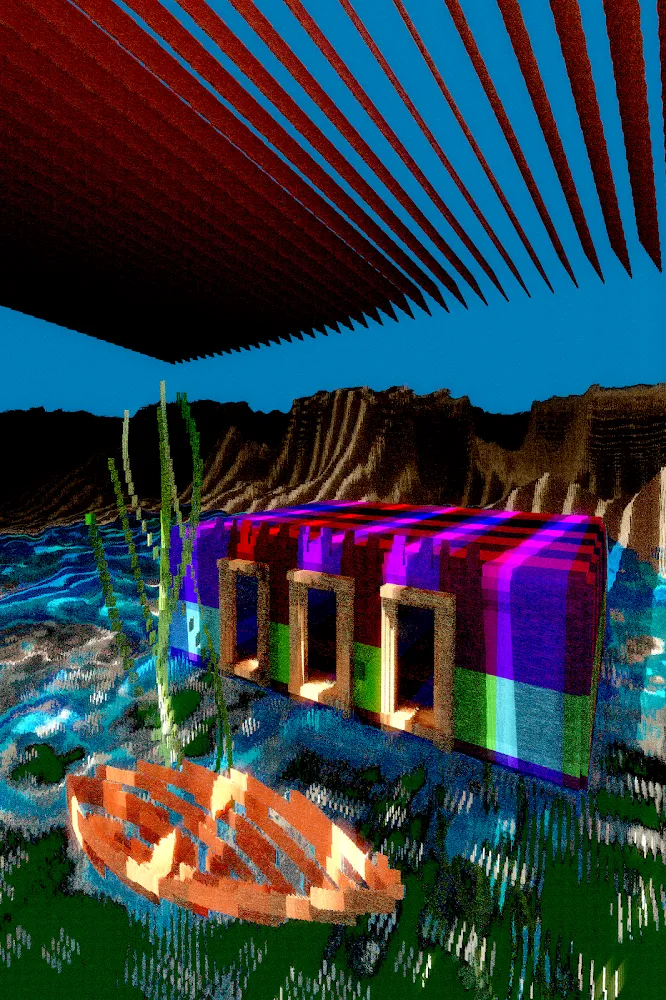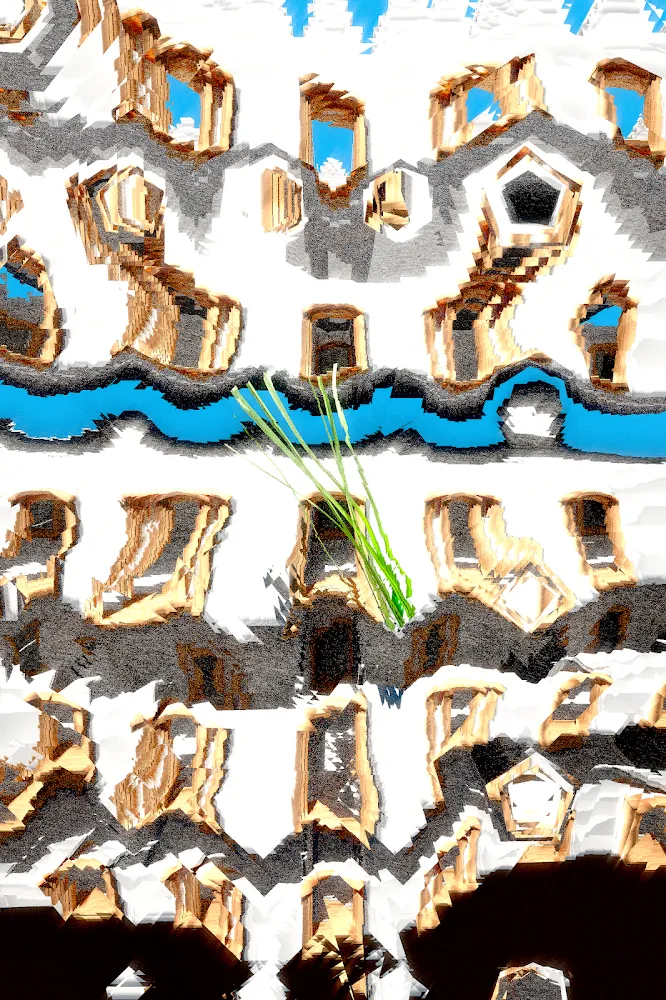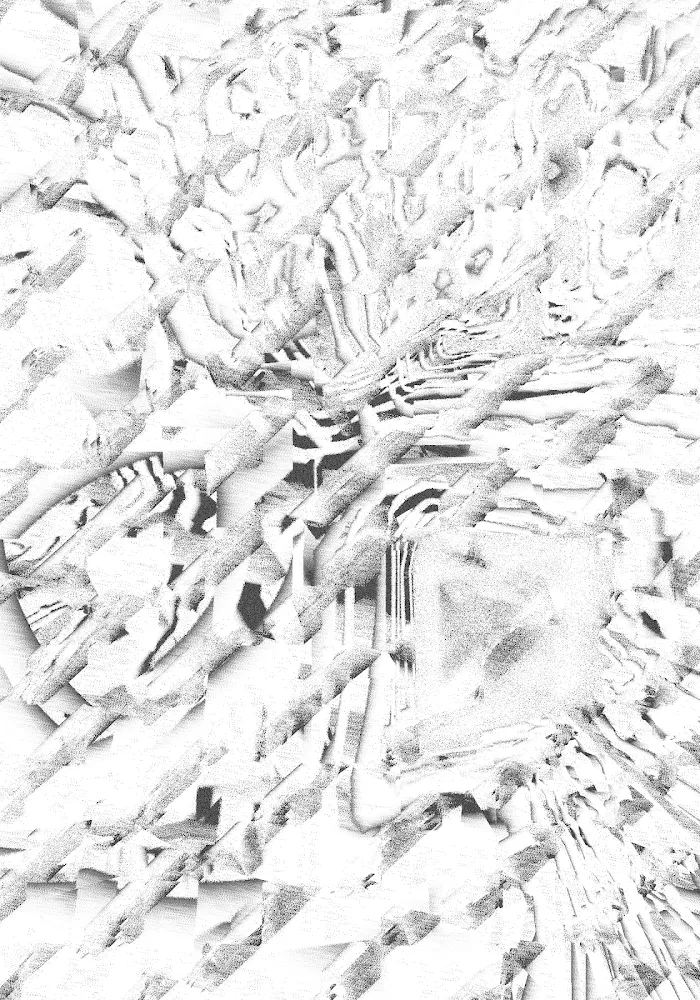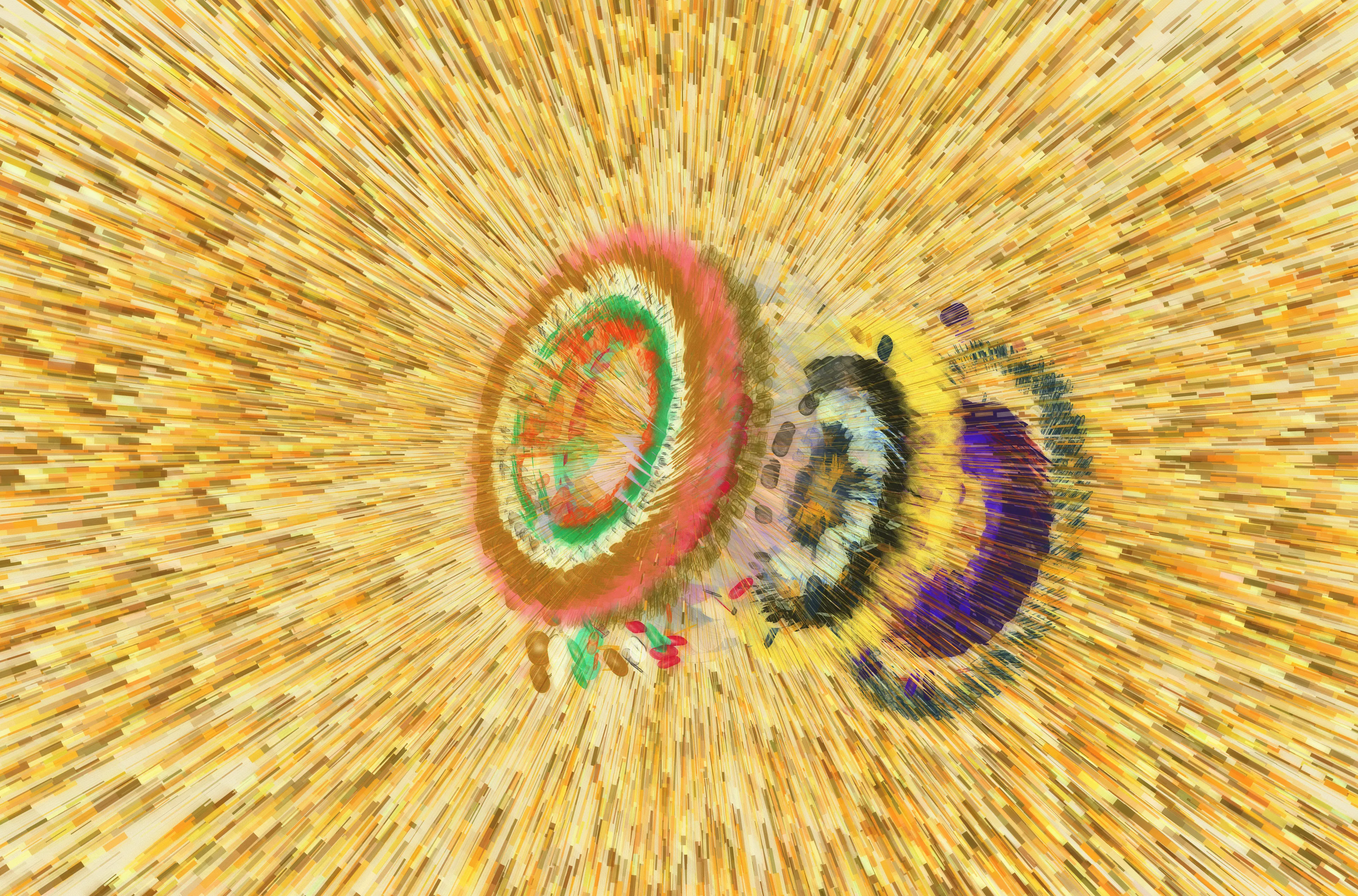Subscribe to get the latest on artists, exhibitions and more.
All the Centrifugal Ways our Lives Fall in and out of Place - Interview with Marcelo Soria-Rodriguez

Marcelo Soria-Rodriguez in conversation with Mimi Nguyen on his latest series Centrifugal.
Mimi Nguyen: You’ve been experimenting with generative art for over 25 years now, what drew you to generative art and what draws you to its history, specifically the influence of early practitioners like Vera Molnár and Herbert W. Franke?
Marcelo Soria-Rodriguez: The experimentation I used to do was, to me, a natural combination of my interests in technology and creative endeavors, more than a conscious “I’m doing generative art” type of thinking. As I learnt more about signal processing during my engineering studies, I found myself doing works with code, with whichever language I was using at the time (Matlab), that were basically algorithms that painted things. Either based on meaningful signals (data) or noise (randomness).
Honestly, back then I didn’t know about Molnár or Franke or any of the generative art pioneers. I was mostly influenced, consciously or unconsciously, by Bauhaus-era painters. Once I learnt about the early computer artists I was immediately drawn to their practice, and recognized in their pathfinding the fascination for the possibilities of this medium that I had since the beginning.
Prior to studying engineering I had been toying around with raytracers, musical composition and other things using computers, and reading about the pioneers and their relationships to other artists from other movements or genres (visual - music, for example) has been fascinating, but this was mostly in recent years.







